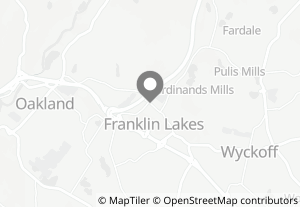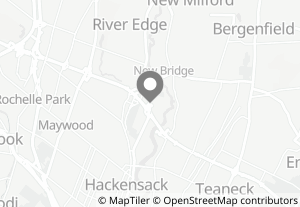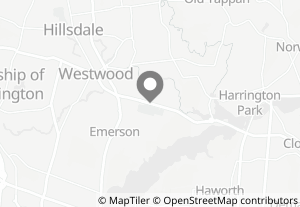The state of teledentistry

Virtual healthcare was in the works long before the pandemic threw virtual “everything” into overdrive but can virtual dentistry really be viable?
After-hours emergency support
One of the most valuable benefits of teledentistry is giving patients access to round-the-clock emergency consultations, from any location. Whether a patient is experiencing an issue in the middle of the night, or they’re out of town, a teledentistry service can provide guidance and peace of mind. A virtual appointment will almost always require an in-person visit for treatment, but patients can have their concerns alleviated or be advised that they are, in fact, experiencing a legitimate emergency.
Providing care to the underserved or apprehensive
Whether the barrier is geographic, economic, or any of the typical reasons people avoid visits to the dentist, teledentistry opens opportunities for patients who would not otherwise seek dental care. Teledentistry is a viable means of expanding preventative care and providing oral health guidance. Those who would generally skip the dentist entirely might be open to a virtual appointment, which are less invasive and available from the comfort of home.
Teledentisty drives in-person visits
If after a virtual appointment a patient is informed that they need to see a dentist in-person, they are more likely to book an in-person visit than if they’d never spoken to a dentist at all. In this way, teledentistry can potentially drive patients into a dental office sooner, helping to fix problems before they develop into something more serious.
How it works today
Large virtual dentistry platforms such as teledentistry.com operate in the manner described above. Chief Dental Officer of teledentistry.com, Todd Gray, DDS described their service:
“We have state-specific licensed dentists who are available to respond to a patient request and provide a live, virtual video examination. Our doctors generate an initial diagnosis, recommend treatment, and ease patient concerns. We’re able to prescribe antibiotics and nonopioid analgesics, and patients are then scheduled to see a nearby dentist for definitive, follow-up care by our support team.”
Using a system similar to ridesharing apps, patients are referred to an available nearby participating dentist. It’s too early to analyze whether this sort of system for a professional healthcare service like dentistry will make a significant impact on the overall market, but the number of similar companies is on the rise.






